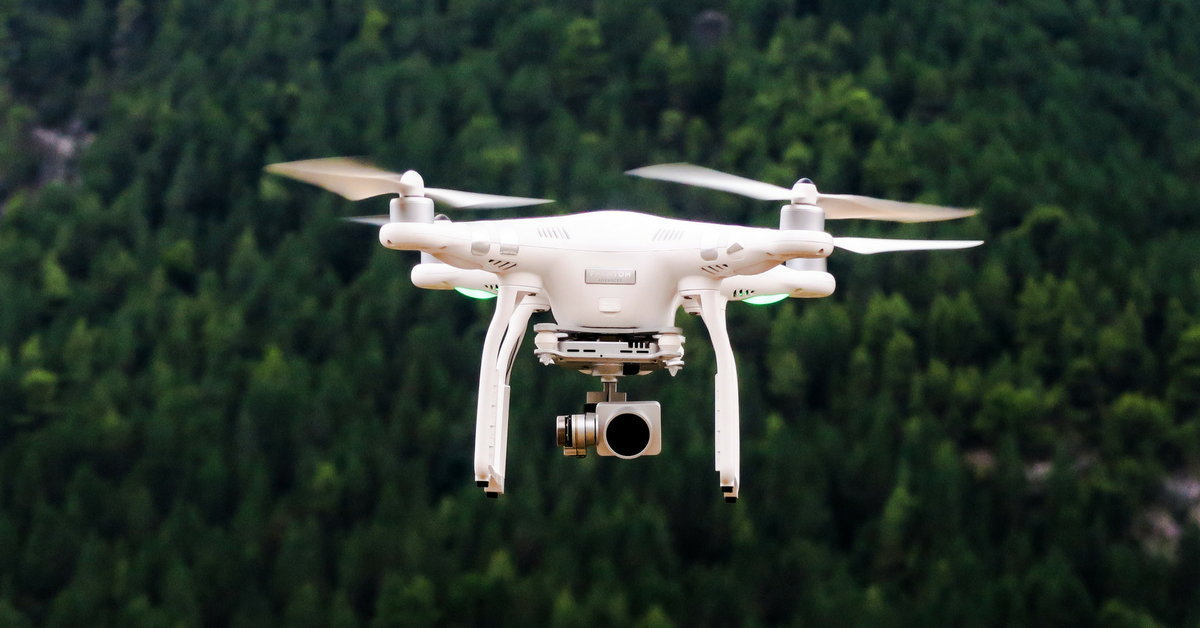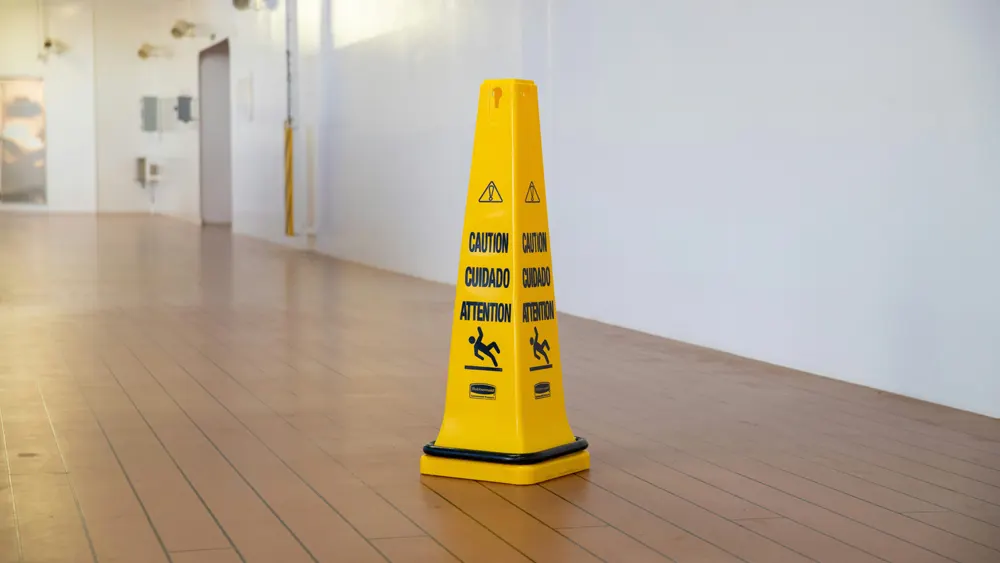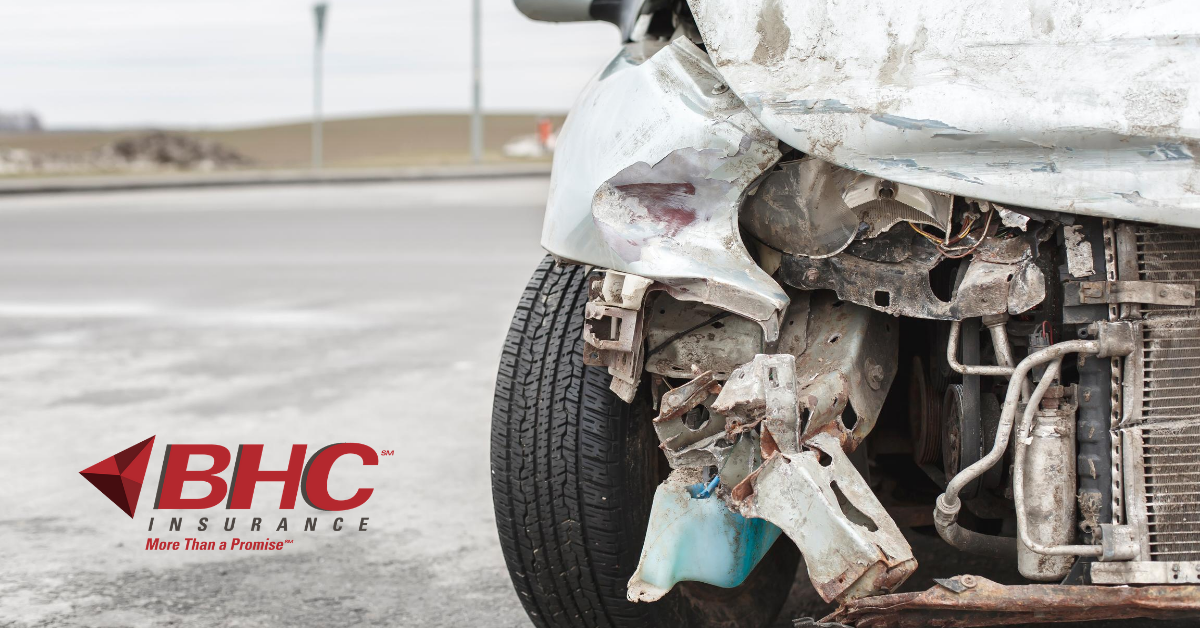While the military and hobbyists have been using unmanned aerial systems (UAS), better known as drones, for some time now, businesses are just starting to adapt the technology for their own uses. UAS are creating new opportunities—and new risks—for businesses to evaluate, and regulators and insurance carriers are scrambling to keep pace.
Regulation
The FAA currently considers UAS to be in the same category as manned aircraft, and the agency has released rules on the commercial use of drones that weigh less than 55 pounds:
- An operator may use a camera system to control a drone, but must also be close enough to see it if something unexpected occurs. Additionally, the operator must have a visual observer who remains in constant line of sight with the drone.
- Operators cannot fly the drone over anyone who is not directly participating in the drone’s operation.
- Drones may carry an external load if it’s securely attached and doesn’t adversely affect the controllability of the aircraft.
- Operators may transport property for compensation within state boundaries.
- Commercial drone operators need a remote pilot airman certificate with a small UAS rating, or be under the direct supervision of a person who holds such a certificate.
- Drones used for commercial purposes must be registered with the FAA.
UAS that are used only for recreation are still considered aircraft, and most of them must be registered with the FAA. Here are the basic guidelines for registering recreational UAS:
- UAS that weigh between 0.55 pounds and 55 pounds must be registered online. If a UAS weighs more than 55 pounds, it must be registered by paper.
- Once registered, the UAS operator will receive a registration number that must be placed on all applicable drones.
- Registration is valid for three years. Failure to register may result in regulatory and criminal sanctions.
The FAA also has regulations that apply to both commercial and recreational UAS:
- UAS must fly below a height of 400 feet above ground level and weigh 55 pounds or less.
- An operator must maintain a visual line of sight with his or her UAS.
- UAS cannot be flown within 5 miles of an airport, and must remain clear of all manned aircraft and obstacles.
- UAS cannot be flown near people or open-air stadiums.
- Because the FAA currently considers UAS to be in the same category as manned aircraft, any attempt to damage or destroy one can result in federal penalties—up to 20 years in prison and $25,000 in fines.
Physical Loss: Beyond the Aircraft
With UAS, it’s often the loss of the payload—not the aircraft itself—that can be the most costly. One of the most widespread applications to date has been in unmanned aerial photography. Businesses in real estate, agriculture, filmmaking and insurance all have interests in surveying and photographing land, and the cameras used to do so can get expensive.
Because of the increasing affordability of drones, the payload often has a higher intrinsic value than the aircraft itself. Additionally, cameras and other payloads are usually slung below the aircraft, meaning that in the event of a hard or emergency landing, damage to the payload is almost certain.
Planning for Obsolescence
Technology itself could prove to be especially costly in the event of a UAS loss. The production of UAS is neither regulated nor standardized, which means there are a number of manufacturers in the market, each adhering to different standards. Many haven’t diversified, and should some technological advancement prove to be too costly for certain smaller companies to adopt, those companies could potentially go out of business.
Bankrupt or defunct manufacturers, coupled with a lack of industry standards for design, could mean that the loss of a relatively inexpensive motor today would instead be a total financial loss on the aircraft five years from now, when replacement parts are completely unavailable.
Casualty and Liability
As with conventional aircraft, a UAS crash could mean a hefty casualty claim. While the crash rate is actually relatively low with conventional aircraft, UAS are not subject to the tight maintenance requirements or the stringent operator regulations that make conventional commercial aircraft crashes so rare.
Eventually, mechanical failures and operator errors will likely result in crashes. Businesses, especially those that operate UAS in populated areas, should make sure they are adequately covered in the event of property damage or injury to a third party.
Theft and Fraud
A couple of benefits of UAS—their portability and advanced technology—can also prove to be great liabilities. Small UAS make easy and attractive targets to thieves, and the industry hasn’t developed many internal safeguards against stolen drones.
Broad Use
Another benefit that could become a potential liability is the flexibility of the technology—that is, a drone’s potential as a broad-use aircraft. In theory, the same UAS that photographs a parcel of land for a realtor on one day could be used to survey a hazardous chemical spill the following day.
This kind of flexibility offers a broad number of business opportunities, but each new opportunity brings with it attendant exposures that compound upon one another. Businesses will have to think through how they plan on using their UAS in order to make sure that their FAA authorization and their insurance cover each arena of commercial use.
Who Watches the Watchers?
Privacy represents one of the largest exposures with regard to drones. A highly maneuverable technology that gives remotely operated cameras virtually unfettered access to any location is bound to result in claims of privacy breach. What’s unclear, however, is how both the legal system and insurers plan to address these new exposures.
Currently, carriers exclude all privacy-related claims, but the increased exposure means that there’s a potential market for such protection. However, without some kind of precedent, it’s unclear how, if at all, the insurance industry will respond.
Understanding the Risks
As with all new technology, UAS create new opportunities and risks for businesses. Perhaps the greatest potential liability comes from the cyber risks posed by UAS. As technology advances, UAS will be able to remotely hack into computer systems and steal data. For more information on the technological risks of drones, contact us at 479-452-4000 or bhca.com.








